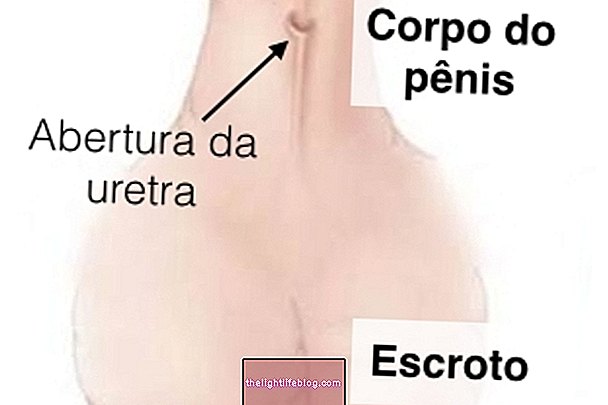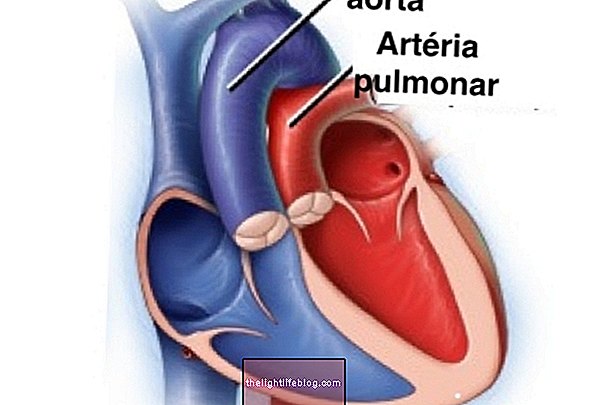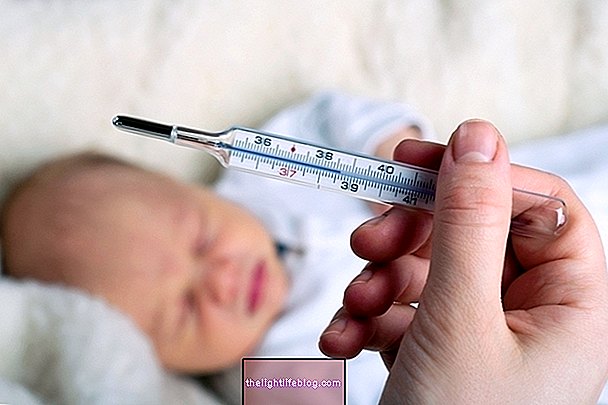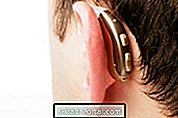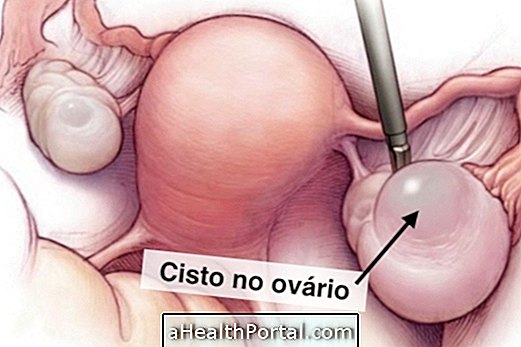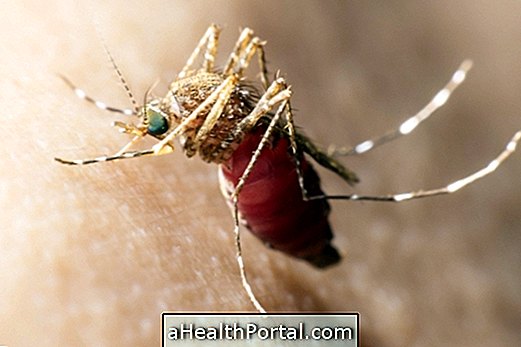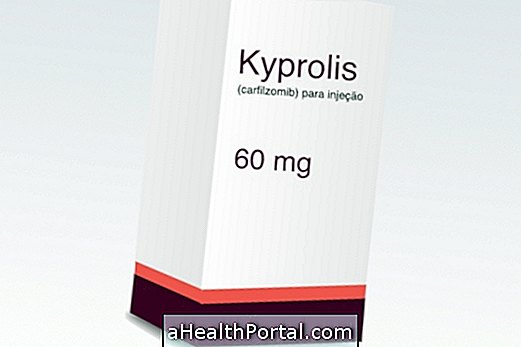Hypospadias is a genetic malformation in boys that is characterized by an abnormal opening of the urethra at a location under the penis rather than at the tip. The urethra is the channel through which urine comes out, and for this reason this disease causes urine to go out in the wrong place.
This problem is curable and its treatment must be done in the first 2 years of the child's life, through surgery to correct the opening of the urethra.

Main types of hypospadias
Hypospadias is divided into 4 main types, classified according to the location of the opening of the urethra, which include:
- Distal: the opening of the urethra is located somewhere near the head of the penis;
- Penile: the opening appears along the body of the penis;
- Proximal: the opening of the urethra is located in the region close to the scrotum;
- Perineal: it is the rarest type, with the opening of the urethra located close to the anus, causing the penis to be less developed than normal.
In addition to this formation, there is also the possibility that the opening of the urethra may appear over the penis, however, in this case the malformation is known as epispadia. See what the episode is and how it is treated.
Possible symptoms
Hypospadias symptoms vary according to the type of defect presented by the boy, but usually include:
- Excess skin in the area of the foreskin, the tip of the penis;
- Lack of opening of the urethra in the head of the genital organ;
- The genital when erect is not straight, presenting the form of a hook;
- The urine does not flow forward, and the boy needs to urinate while seated.
When the boy has these symptoms, it is recommended to consult the pediatrician to diagnose the problem and start the appropriate treatment. However, it is common for hypospadias to be identified even in the maternity ward, in the first hours after birth when the doctor makes the physical assessment.
How the treatment is done
The only way to treat hypospadias is to have surgery to correct the opening of the urethra and, ideally, the surgery should be done between 6 months and 2 years of age. Therefore, circumcision should be avoided before surgery, as it may be necessary to use the skin of the foreskin to reconstruct the baby's penis.
During surgery, the wrong opening of the urethra is closed and a new exit is made at the tip of the penis, improving the aesthetics of the genital and allowing normal sexual function in the future.
After surgery, the child is interned for 2 to 3 days, and can then return home and do normal activities. However, during the following 3 weeks, parents should be alert to the appearance of signs of infection at the surgery site, such as swelling, redness or severe pain, for example.
Another disease that prevents the boy from peeing normally is phimosis, so see here his symptoms and how to treat these cases.
Was this information helpful?
Yes No
Your opinion is important! Write here how we can improve our text:
Any questions? Click here to be answered.
Email in which you want to receive a reply:
Check the confirmation email we sent you.
Your name:
Reason for visit:
--- Choose your reason --- DiseaseLive betterHelp another personGain knowledge
Are you a health professional?
NoMedicalPharmaceuticalsNurseNutritionistBiomedicalPhysiotherapistBeauticianOther
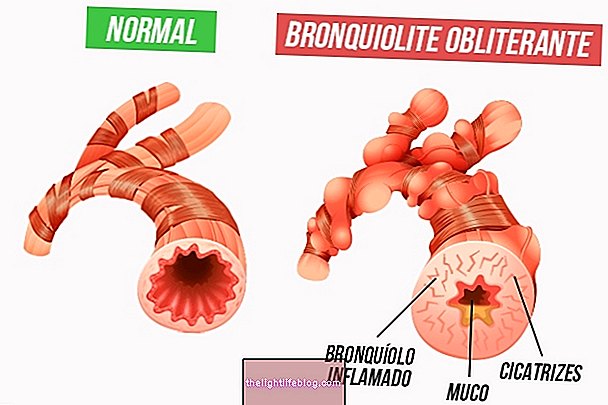
.jpg)

